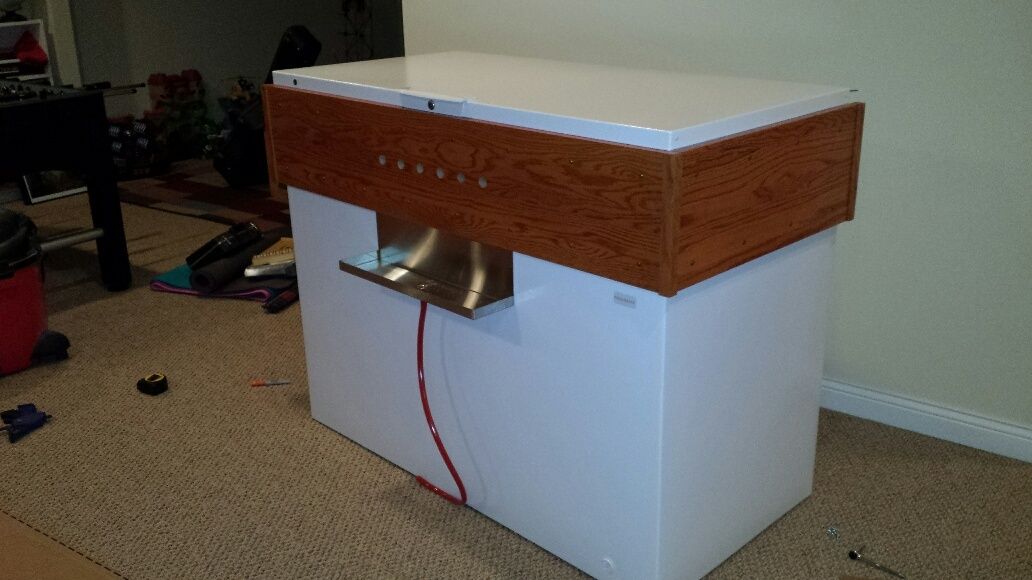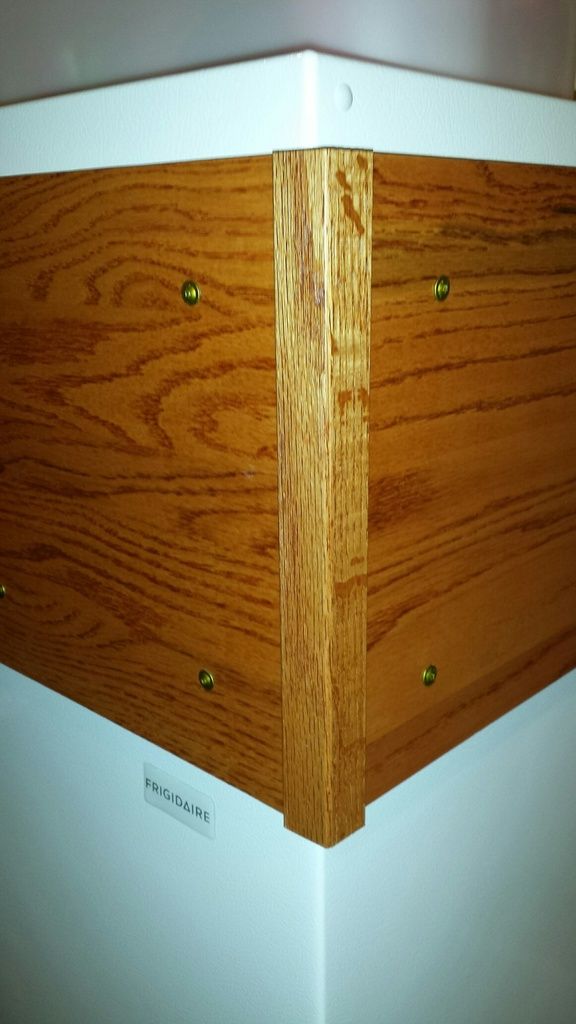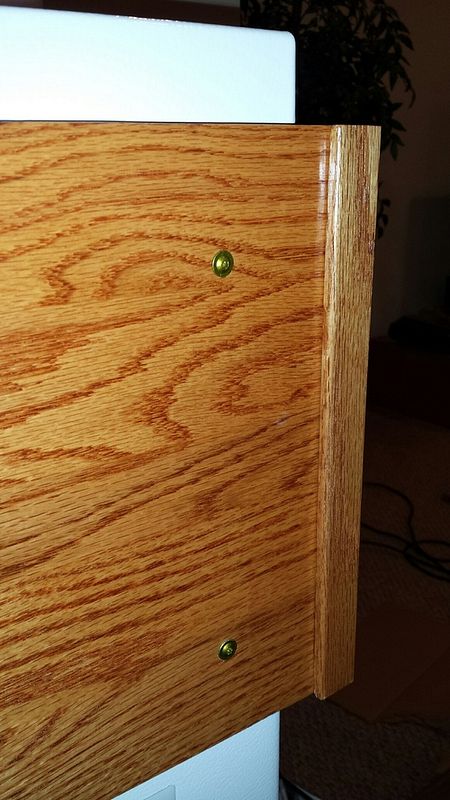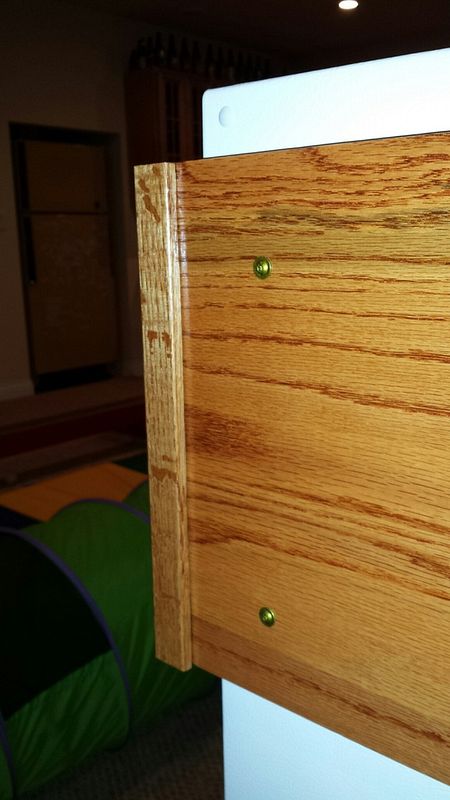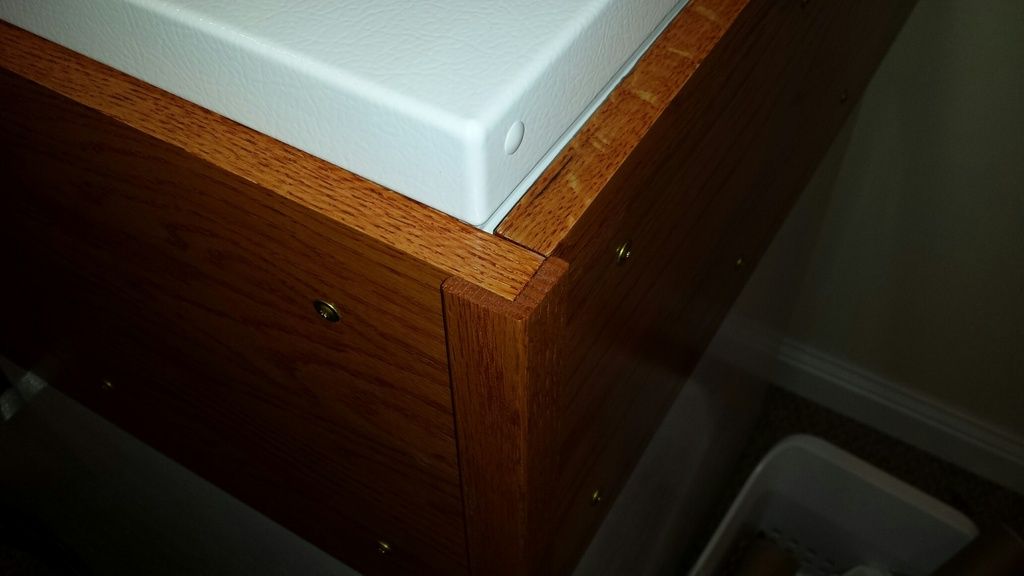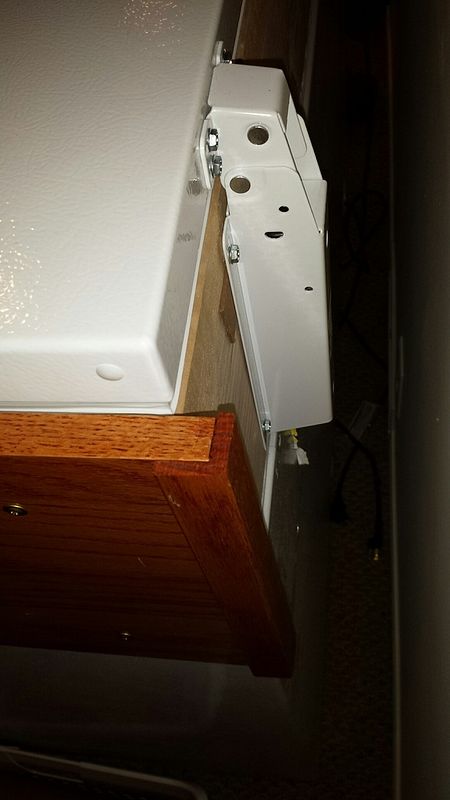Jiffster
Well-Known Member
- Joined
- Aug 8, 2015
- Messages
- 806
- Reaction score
- 109
I'm building my collar and I've ran into a snag.
The inner collar is 2x10 Douglass Fir that I've built using butt joints and brackets.
View attachment ImageUploadedByHome Brew1455713052.444294.jpg
View attachment ImageUploadedByHome Brew1455713063.396671.jpg
View attachment ImageUploadedByHome Brew1455713075.636119.jpg
While doing this I realized how sloppy and inaccurate my cheap, craigslist found slider miter saw is and I don't trust it to try to cut nice miters on 1x12 oak that I'll be wrapping the inner collar with.
Any suggestions on alternate ways to accomplish this?
I have a nice circular saw or I could get s new blade for the miter.
I don't want to spend $300 on anew saw.
Appreciate any help you can offer!
The inner collar is 2x10 Douglass Fir that I've built using butt joints and brackets.
View attachment ImageUploadedByHome Brew1455713052.444294.jpg
View attachment ImageUploadedByHome Brew1455713063.396671.jpg
View attachment ImageUploadedByHome Brew1455713075.636119.jpg
While doing this I realized how sloppy and inaccurate my cheap, craigslist found slider miter saw is and I don't trust it to try to cut nice miters on 1x12 oak that I'll be wrapping the inner collar with.
Any suggestions on alternate ways to accomplish this?
I have a nice circular saw or I could get s new blade for the miter.
I don't want to spend $300 on anew saw.
Appreciate any help you can offer!


